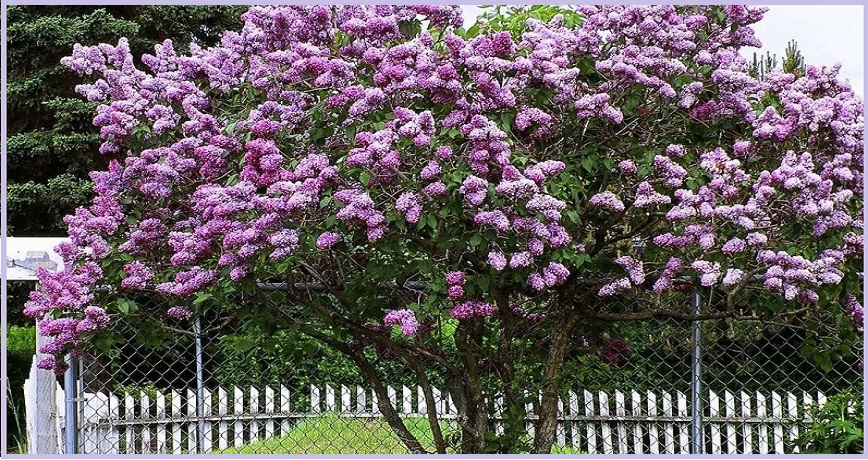Memoirs from Lynn R., Peggy Wells and the lilac tree

I enjoy researching people, places and events relating to Finchley and its environs for our weekly newsletter and it is particularly satisfying to hear from those who enjoy reading the assorted items.
So a special bouquet of thanks to Village Road resident, Friedgard Scrimgeour, who sent a message appreciating last week’s item about a former resident of the village, Peggy Wells.
She was born in what is now Friedgard’s home and Peggy’s father marked the occasion by planting a lilac tree alongside the path. The original tree has gone but offshoots remain. Peggy was born in 1911 and died in 2004.
In the universal language of flowers, the lilac symbolises spring and renewal but there are many other meanings classified by colour.
White lilacs have one of the earliest bloom times and signify purity and innocence; violet flowers symbolise spirituality; blue are for tranquillity and magenta represent love and passion.
Lilacs have been a source of inspiration for artists throughout history. Impressionists Vincent Van Gogh and Claude Monet both depicted the beauty of lilacs in their works.
In his poem, “When Lilacs Last in the Door-yard Bloom’d”, Walt Whitman referred to the flower as a symbol of life after death in a narrative depicting Abraham Lincoln’s last days.
— Lynn Radnedge
